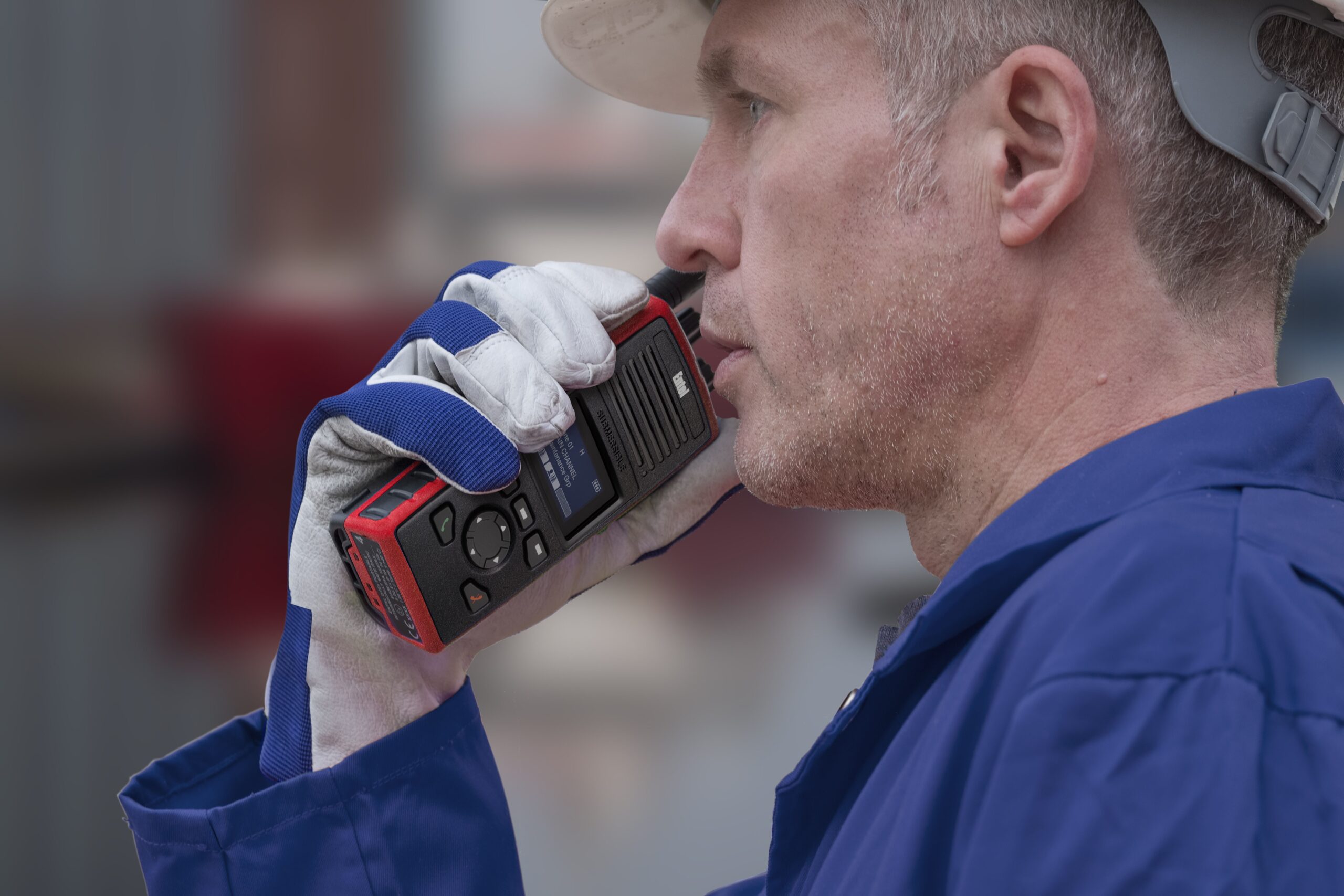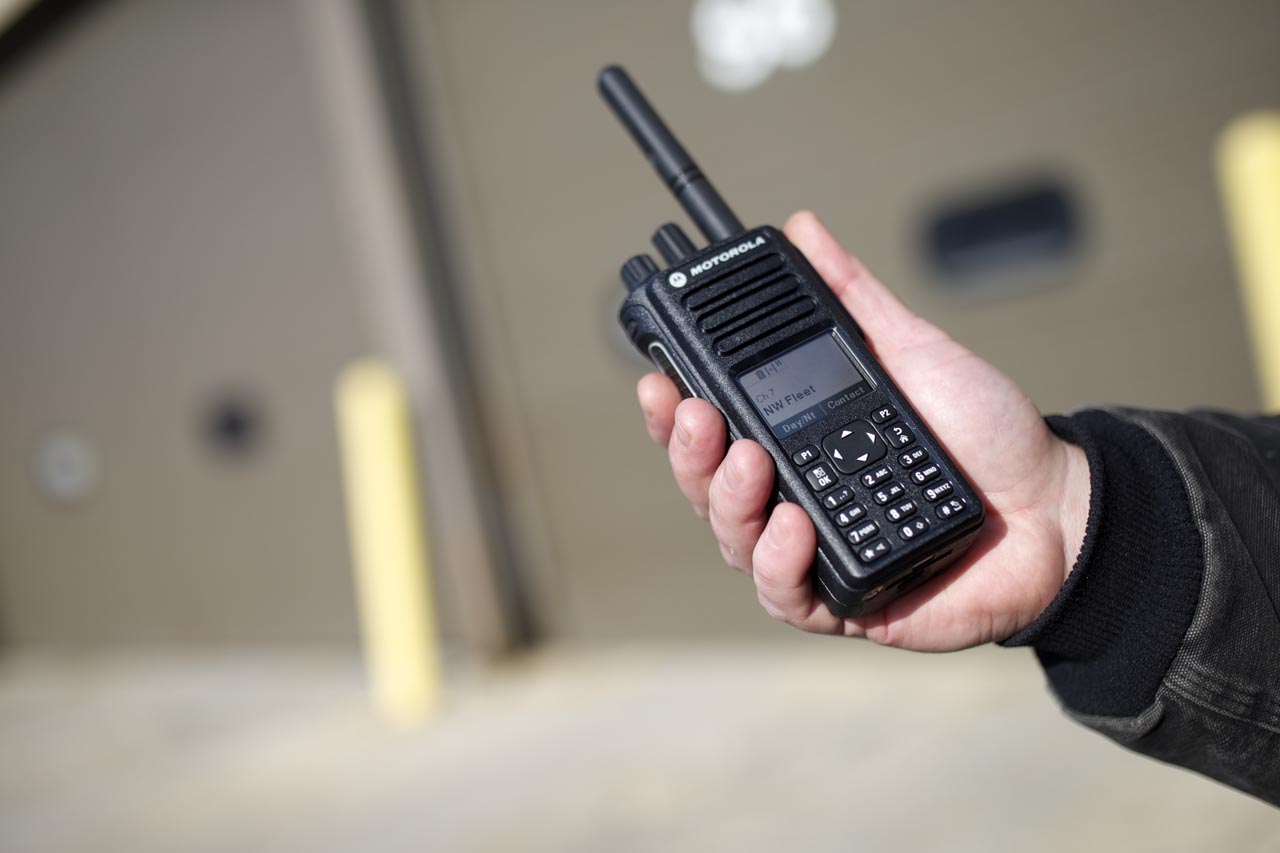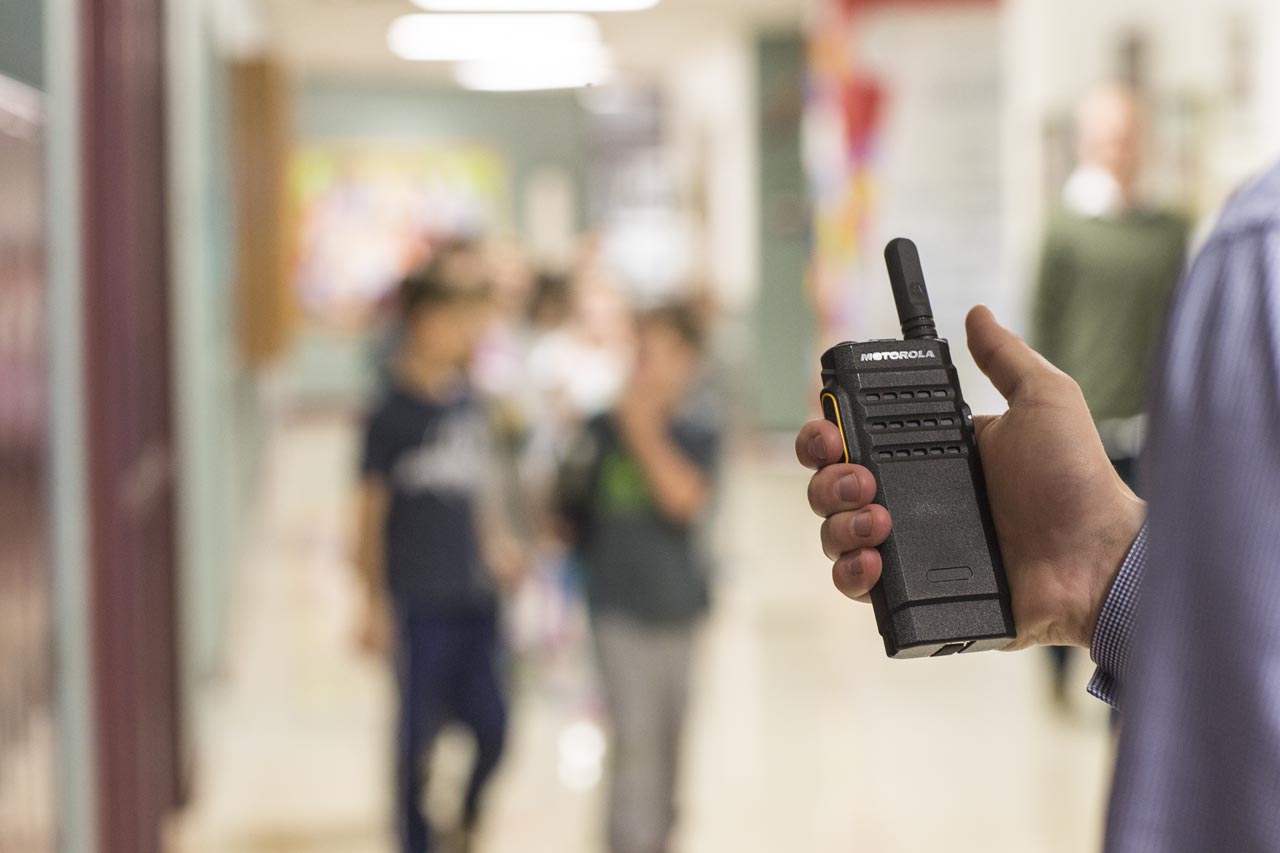How to Choose the Right Two-Way Radio for your Needs


Two-way radios, commonly called walkie-talkies, are essential tools for effective communication.
Digital radios, with their advanced features and improved communication quality, enhance the range and privacy of two-way communication, especially in environments with potential interference.
Whether used in construction, emergency services, or recreational activities, selecting the right device ensures reliable and clear communication. Here we discuss how to choose the right two-way radio for your needs.


Stay Connected Anytime, Anywhere
Discover Critico’s industry-leading two-way radio solutions, engineered for clear and reliable communication in any environment.

what are two-way radios
Two-way radios are portable communication devices that let users send and receive messages using radio waves.
Unlike mobile phones, they work independently of cellular networks, making them ideal for challenging environments like construction sites, remote areas, or professional settings.
They utilise radio frequency to function, with distinctions between VHF (Very-high frequency) and UHF (Ultra-high frequency) bands that offer different advantages based on distance and obstructions. They operate on shared frequency bands, enabling communication over various distances.

Key Factors to Consider
1. Frequency Bands: UHF vs. VHF
Two-way radios use ultra-high frequency (UHF) or very high frequency (VHF) bands. UHF radios perform well in areas with obstacles, like buildings. VHF radios are better for open spaces such as fields and water.
2. Range and Coverage
The range depends on terrain and power output. Under ideal conditions, the maximum range of two-way radios using PMR446 frequency with 0.5W transmit power can be up to 10 kilometers. For longer range, professional radios with higher power output are better. However, actual range varies with environmental factors.
3. Battery Life
Choose radios with longer battery life for extended use. This is especially important in work environments or activities requiring reliable communication.
4. Durability
In rugged conditions, such as construction sites or the mining industry, radios with high IP ratings provide resistance to water and dust.
For radio enthusiasts, the durability of these radios is essential, as they often use their devices in challenging environments.

how do two-way radios work
Two-way radios, or walkie talkies, operate by transmitting and receiving audio signals through radio waves.
When you speak into a two-way radio, your voice is converted into an electrical signal. This signal is then transmitted as a radio wave via the radio’s antenna.
Other radios on the same frequency receive this radio wave and convert it back into an audio signal, allowing the recipient to hear your message.
The magic happens thanks to the radio’s transmitter and receiver components. The transmitter takes the electrical signal and turns it into a radio wave, while the receiver does the reverse, converting the radio wave back into an electrical signal.
This process is facilitated by frequency modulation (FM), which encodes the audio signal onto the radio wave.
Modern two-way radios can do more than just voice communication. They can also transmit data, such as text messages or GPS coordinates, using digital modulation techniques like frequency-shift keying (FSK) or amplitude-shift keying (ASK).
This versatility makes two-way radios invaluable tools for various applications, from professional use to recreational activities.
Licensed vs. License-Free Radios
Licensed Radios
Licensed radios provide minimal interference and a longer range. They are commonly used by emergency services and are regulated by the Ofcom or Comreg for secure communication.
License-Free Radios
License-free options are affordable and easy to use. They are suitable for short-distance use.
Features to Look For
Modern two-way radios include features such as:
-
- Emergency Button: For quick help in critical situations.
- Multiple Channels: Allows communication with different groups.
- GPS Tracking: Useful for navigation in remote areas.
- Clear Communication: Reduces interference, ensuring crisp audio.
Common Uses of Two-Way Radios

Business Operations
Two-way radios enhance communication in industries like logistics, construction, and event planning.

Recreational Activities
Walkie-talkies are popular among families and hobbyists for staying connected during outdoor adventures.

Amateur Radios
Amateur radios are specialised communication devices designed for radio enthusiasts. They offer advanced capabilities and require users to obtain a radio license. The radio licenses provide extensive range and frequency access. These radios are suitable for serious users who are committed to mastering the technology.

Emergency Situations
They provide reliable communication for emergency services personnel in crises.


FAQ
Can Multiple Radios Use the Same Channel?
Yes, radios on the same channel can communicate, enabling group interactions.
What is the Range of a Two-Way Radio?
Range depends on the model, frequency band, and terrain. High-powered models in open spaces offer greater distances.
What is the Best Range for Two-Way Radios?
Radios with higher power output and optimal frequency settings offer the best range, especially for large areas.
How to Pick the Best Walkie Talkie
When selecting the best model, focus on:
- Power Output: Higher power supports longer ranges.
- Ease of Use: Look for devices with simple controls.
- Additional Features: Emergency buttons and extended range can be crucial for specific tasks.
Benefits for Professionals
Two-way radios are highly valued by professionals because they are:
- Cost-Effective: No recurring charges, unlike cellular networks.
- Reliable: Maintain clear communication with minimal interference.
- Durable: Withstand demanding environments and heavy use.

Get in Touch
For more information on how to choose the right two-way radio and how Critico’s solutions can benefit your organisation, contact us today.
